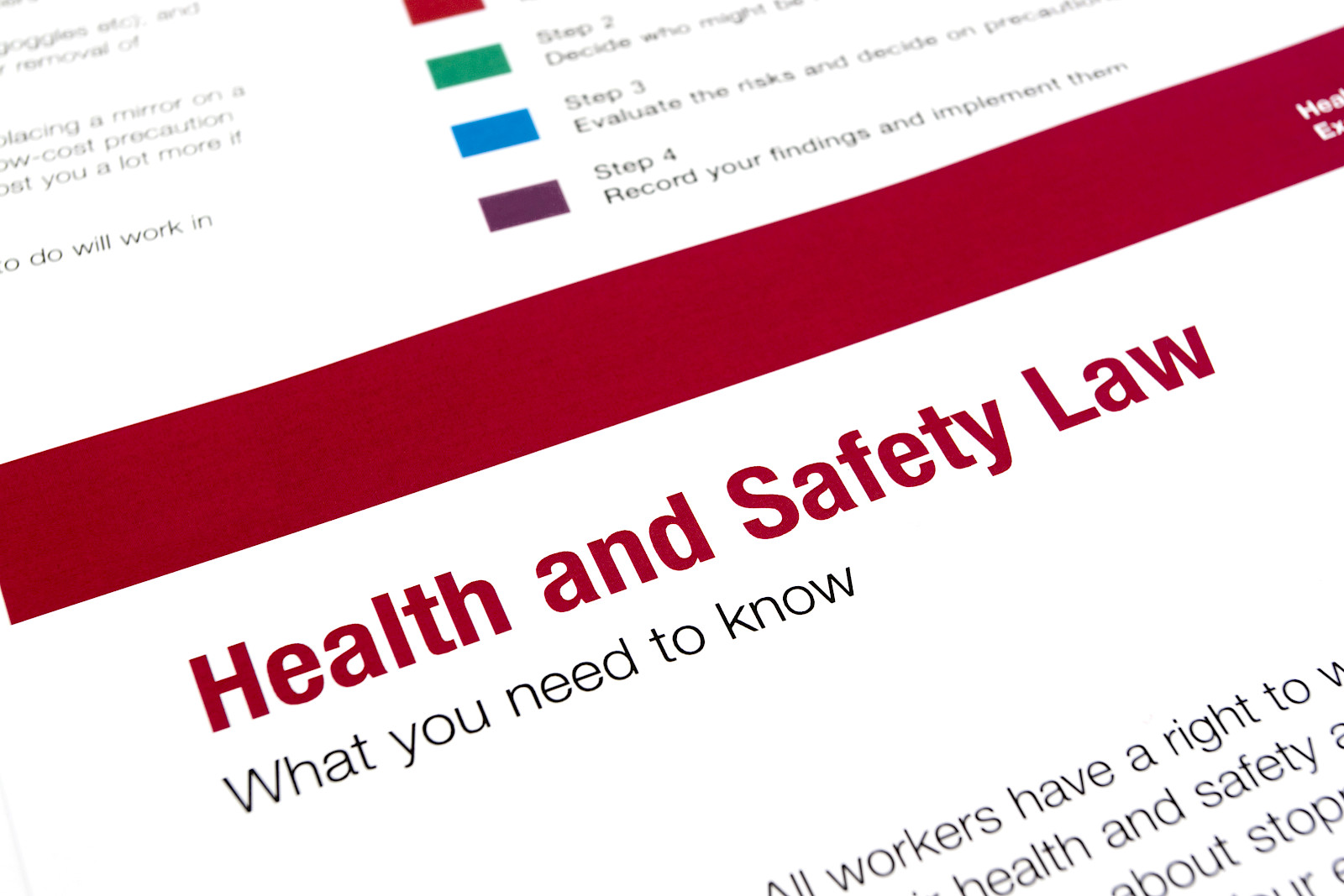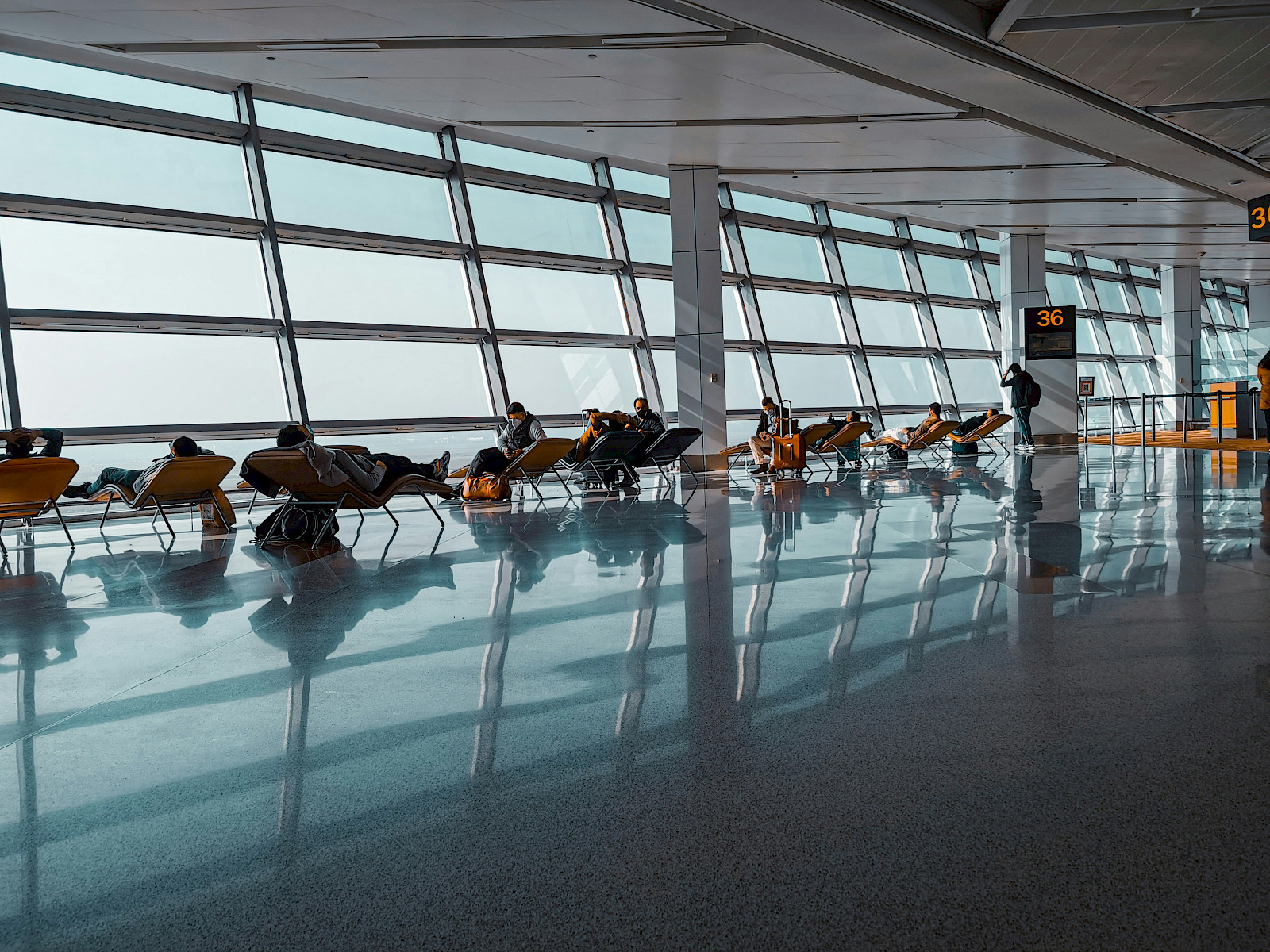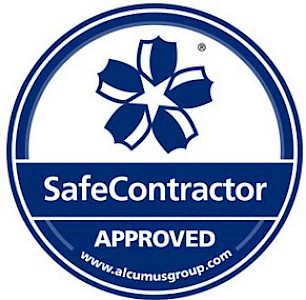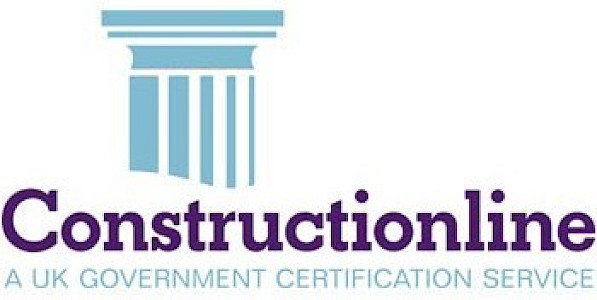What is Legionella bacteria?
Legionella is an aquatic bacterium, which means it must be suspended in a water droplet to survive. It is found in both natural and man-made water systems and can grow within a temperature range of 20–50°C.
Whilst people can catch Legionnaires' disease from other species of Legionella, almost all cases are associated with Legionella pneumophila and of those, most are associated with serogroup 1 – so it is a very specific type of bacteria that causes the illness.
There are three subspecies of Legionella pneumophila - Legionella pneumophila subspecies fraseri, Legionella pneumophila subspecies pascullei and Legionella pneumophila subspecies pneumophila.
Legionnaires’ disease poses a specific risk to the elderly and those with pre-existing medical conditions. This disease is contracted through airborne droplets which is why it is crucial that water systems are well maintained.
Under the Health and Safety at Work Act (1974), Legionella risk assessments are a legal requirement. The Duty Holder has a duty of care to anyone in the building, as well as a legal obligation. This risk assessment should be carried out by a water hygiene specialist to ensure compliance.
I would have no hesitation in recommending them as core contractor to other organisations.
The first step in any risk management process is production of a professional risk assessment, and Legionella management is no different. A written risk assessment is required for all commercial buildings with a water supply where five or more people are employed.
Conducting a Legionella risk assessment and complying with the Legionella Management Programme are required by law in accordance with the Health and Safety at Work Act 1974, the Control of Substances Hazardous to Health Regulations 2002, and the Management of Health and Safety at Work Regulations 1999.








